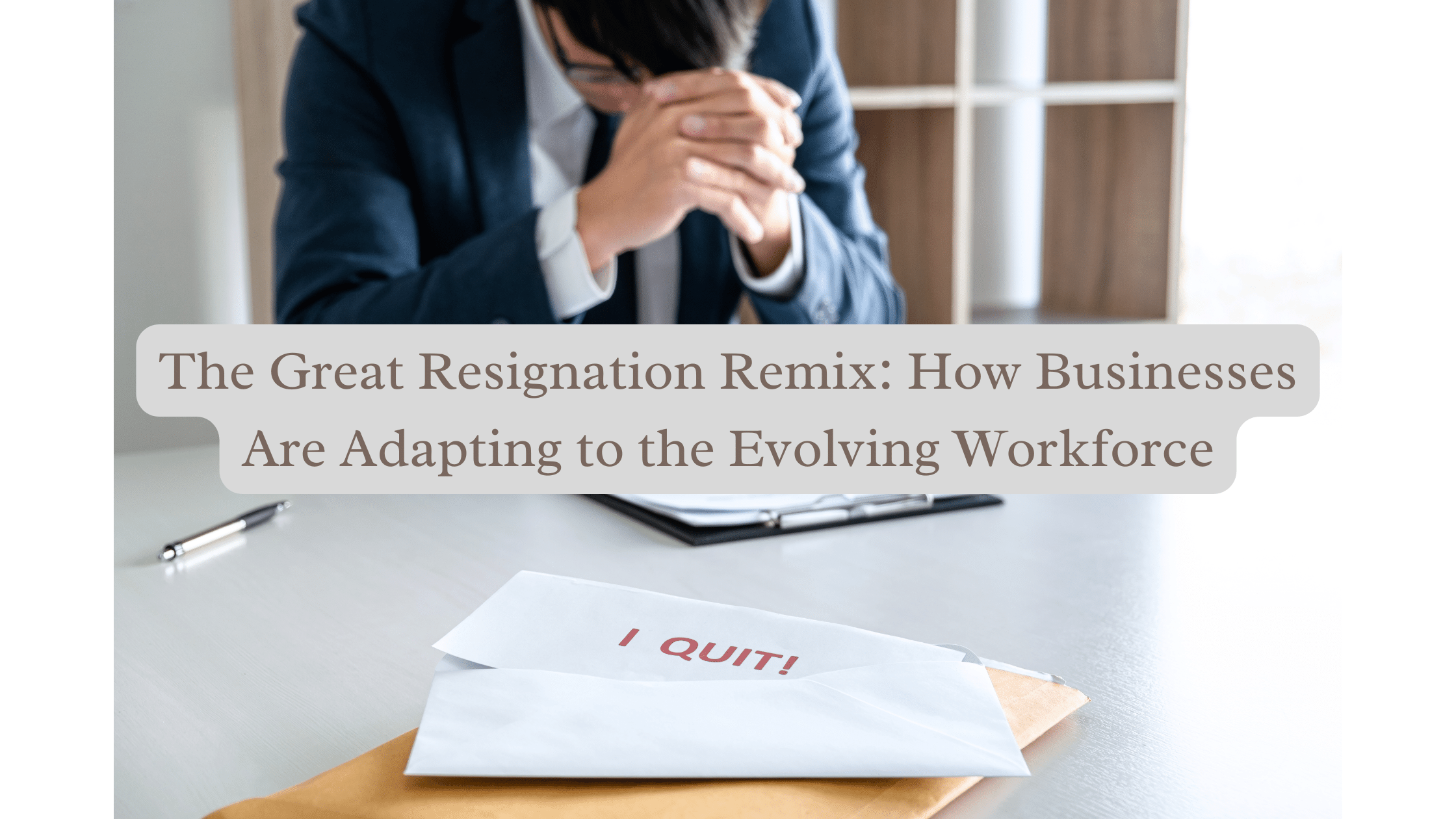
From Brick-and-Mortar to Clicks and Mortar: Embracing Omnichannel Retail Strategies
The retail landscape is undergoing a dramatic transformation. The rise of e-commerce has challenged the traditional dominance of brick-and-mortar stores. However, the future of retail isn’t about online versus offline, but rather a seamless integration of both. This is where the concept of “omnichannel retail” comes in. Omnichannel retail goes beyond simply having an online store alongside a physical location. It’s about creating a unified customer experience across all channels, whether a customer is browsing online, shopping in-store, or interacting with the brand through mobile apps or social media.
This article explores the importance of omnichannel retail strategies in today’s competitive landscape, highlighting the benefits of seamless online and offline shopping experiences, and offering practical steps for businesses to implement an omnichannel approach.
The Rise of the Empowered Customer
Today’s consumers are more informed and empowered than ever before. They research products online, compare prices across different channels, and expect a consistent and personalized experience regardless of how they choose to interact with a brand.
Omnichannel retail caters to this empowered customer by:
- Providing Convenience: Customers can shop anytime, anywhere, through their preferred channel.
- Offering Flexibility: They can research online, buy in-store, and potentially have their purchases delivered to their home.
- Enhancing Personalization: Omnichannel strategies allow businesses to gather customer data across channels, enabling them to personalize offers, recommendations, and marketing messages.
Seamless Online and Offline Experiences: The Power of Clicks and Mortar

The key to successful omnichannel retail lies in creating a seamless experience that bridges the gap between online and offline channels. Here’s how:
- Inventory Visibility: Customers should be able to see real-time inventory levels across all channels. This allows them to check online if an item is in stock at their local store or vice versa.
- Click-and-Collect: Allow customers to purchase an item online and pick it up in-store, eliminating delivery wait times and offering the convenience of in-store service.
- Buy Online, Return In-Store: Provide customers with the flexibility to return or exchange items purchased online at a physical store location.
- Unified Loyalty Programs: Create a single loyalty program that tracks customer activity and rewards across all channels, online and offline.
- Sales Associate Training: Train sales associates to be knowledgeable about online promotions and product offerings, ensuring consistency across channels.
- Mobile Integration: Utilize mobile apps to bridge the online and offline experience. For instance, apps can be used for mobile payments, in-store product information, or loyalty program access.
By implementing these strategies, retailers can create a cohesive customer journey that fosters trust, satisfaction, and brand loyalty.
Building an Omnichannel Retail Strategy: A Roadmap for Success
The transition to an omnichannel retail strategy requires careful planning and execution. Here are some key steps to consider:
- Understanding Your Customer: Conduct customer research to understand their shopping habits and preferences across different channels.
- Identifying Customer Touchpoints: Map out all the potential touchpoints where customers interact with your brand, including your website, physical stores, social media platforms, and mobile apps.
- Data Integration: Invest in systems that allow you to collect and analyze customer data across all channels. This data provides valuable insights into customer behavior and preferences, informing your omnichannel strategy.
- Omnichannel Marketing: Develop a marketing strategy that leverages all available channels to deliver targeted and consistent messaging across the customer journey.
- Technology Investment: Consider technology solutions that facilitate omnichannel operations, such as inventory management systems, e-commerce platforms, and customer relationship management (CRM) software.
The Future of Omnichannel Retail: A Continuously Evolving Landscape
The landscape of omnichannel retail is constantly evolving with advancements in technology and changing consumer behavior. Here are some trends to keep an eye on:
- Rise of Personalization: Expect to see even more personalized experiences as retailers leverage AI and machine learning to tailor offerings and recommendations to individual customers based on their purchase history and preferences.
- Augmented Reality (AR) and Virtual Reality (VR): AR and VR technologies have the potential to revolutionize the shopping experience. Imagine virtually trying on clothes or visualizing furniture placement in your home before making a purchase.
- Social Commerce: Social media platforms will continue to play a significant role in the shopping journey. Expect to see seamless integration between social media platforms and e-commerce stores, allowing for one-click purchases from social media feeds.
Conclusion: Thriving in the Age of the Omnichannel Customer
The future of retail belongs to businesses





